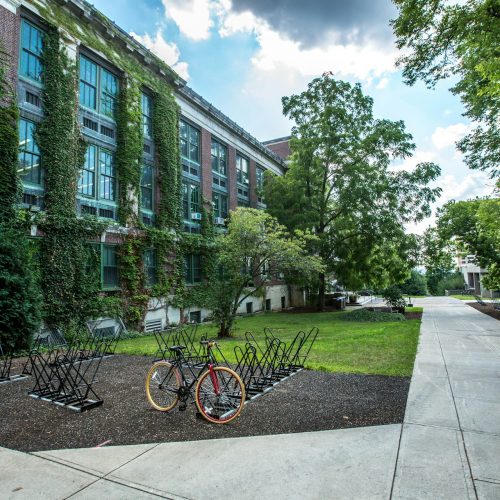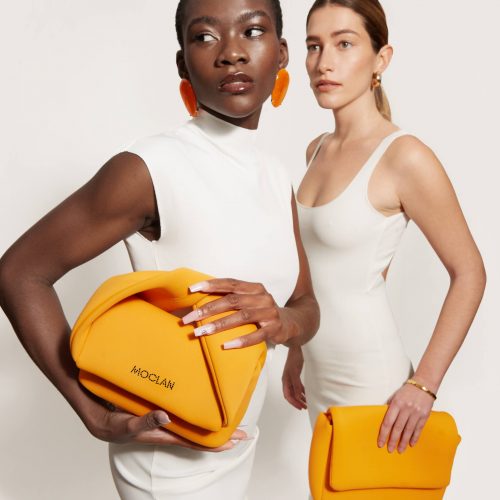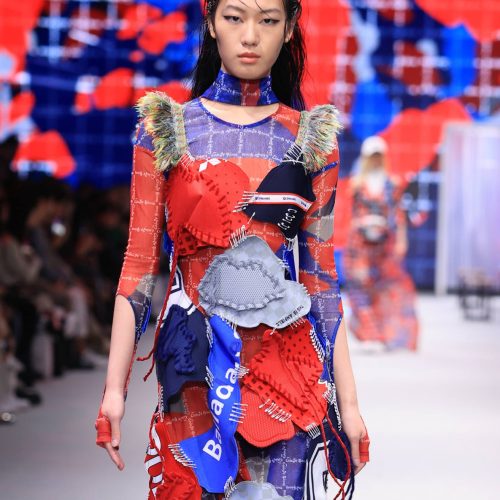Spinning Wood Into Textile Gold | Spinnova’s Revolutionary Fabric And What It Means For A Sustainable Future
One of the first companies to transform natural resources – like wood and food waste – into usable fibers, Spinnova is at the forefront of sustainable initiatives in the fashion industry. Here, we talked with Chief Sustainability Officer, Shahriare Mahmood, to discuss the implications of Spinnova’s revolutionary tech and future aspirations for the company.
To receive the Luxiders newsletter, sign up here.
“It all started with a spiderweb” – this is how Spinnova, a Finnish sustainable material company, recounts its entry into the circular fashion economy – as a guild of builders and innovators grounded in natural, environmentally sound principles. Through an entirely unique approach to sustainable material innovation (inspired by the spiders’ process of “building a web”), Spinnova was the first company to transform natural resources – like wheat straw, wood, and food waste – and post-consumer textiles – like leather or denim waste – into textile fibers with fashion utility. The transformative process – designed by the Spinnova team in the late 2010’s – is mechanically, rather than chemically, founded; meaning it doesn’t require all of the toxic dyes and chemicals that conventional methods of production do. In addition, this process generates zero waste, requires minimal water, and emits relatively low amounts of CO2, leaving this method miles above traditional ones on the sustainability metric.
Here, we talked with Spinnova’s Chief Sustainability Officer, Shahriare Mahmood, to discuss the company’s initiation into the fashion sphere, the acceleration of Spinnova textiles in mainstream wear, and future sustainability initiatives within the brand.
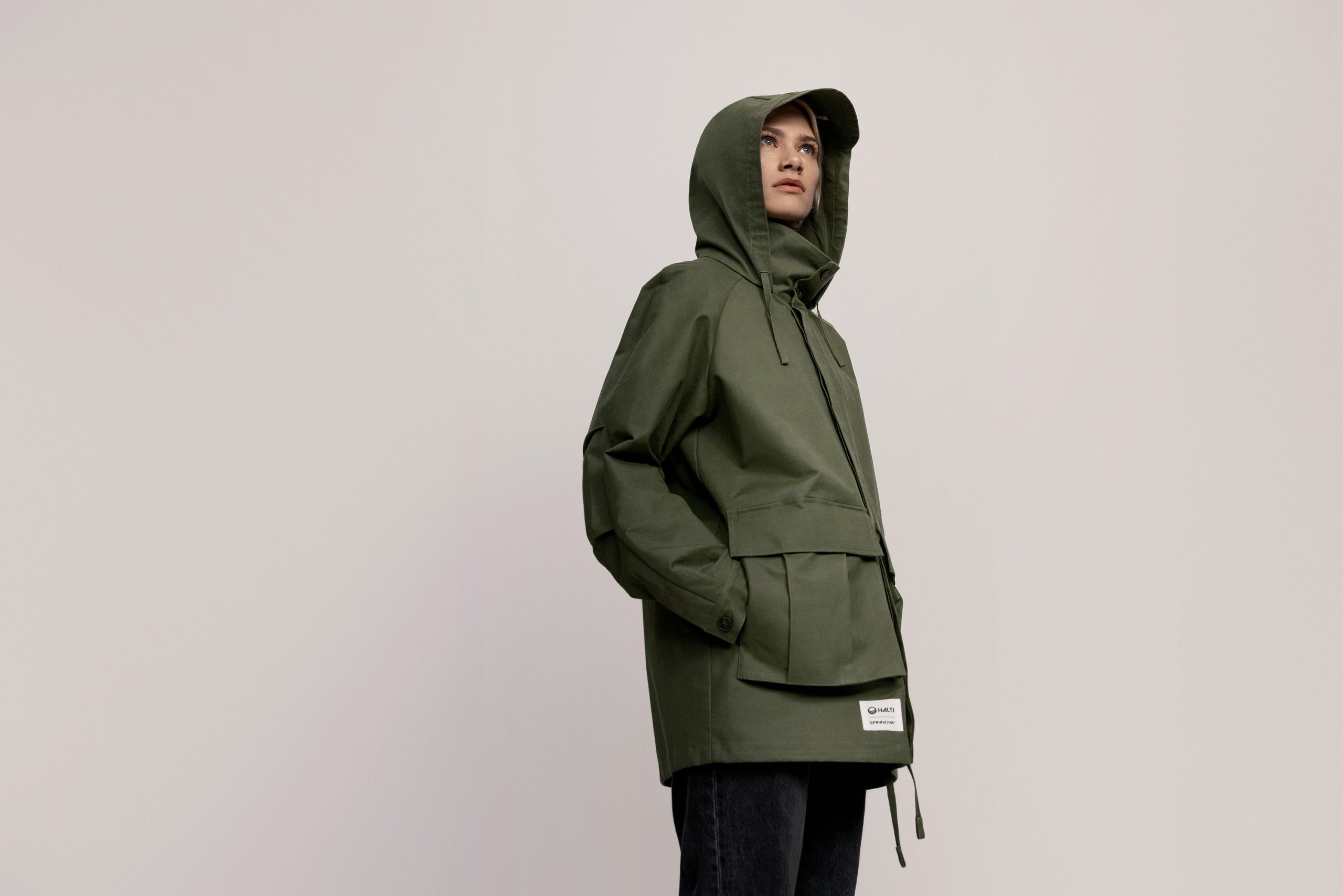
© Spinnova

© Marimekko
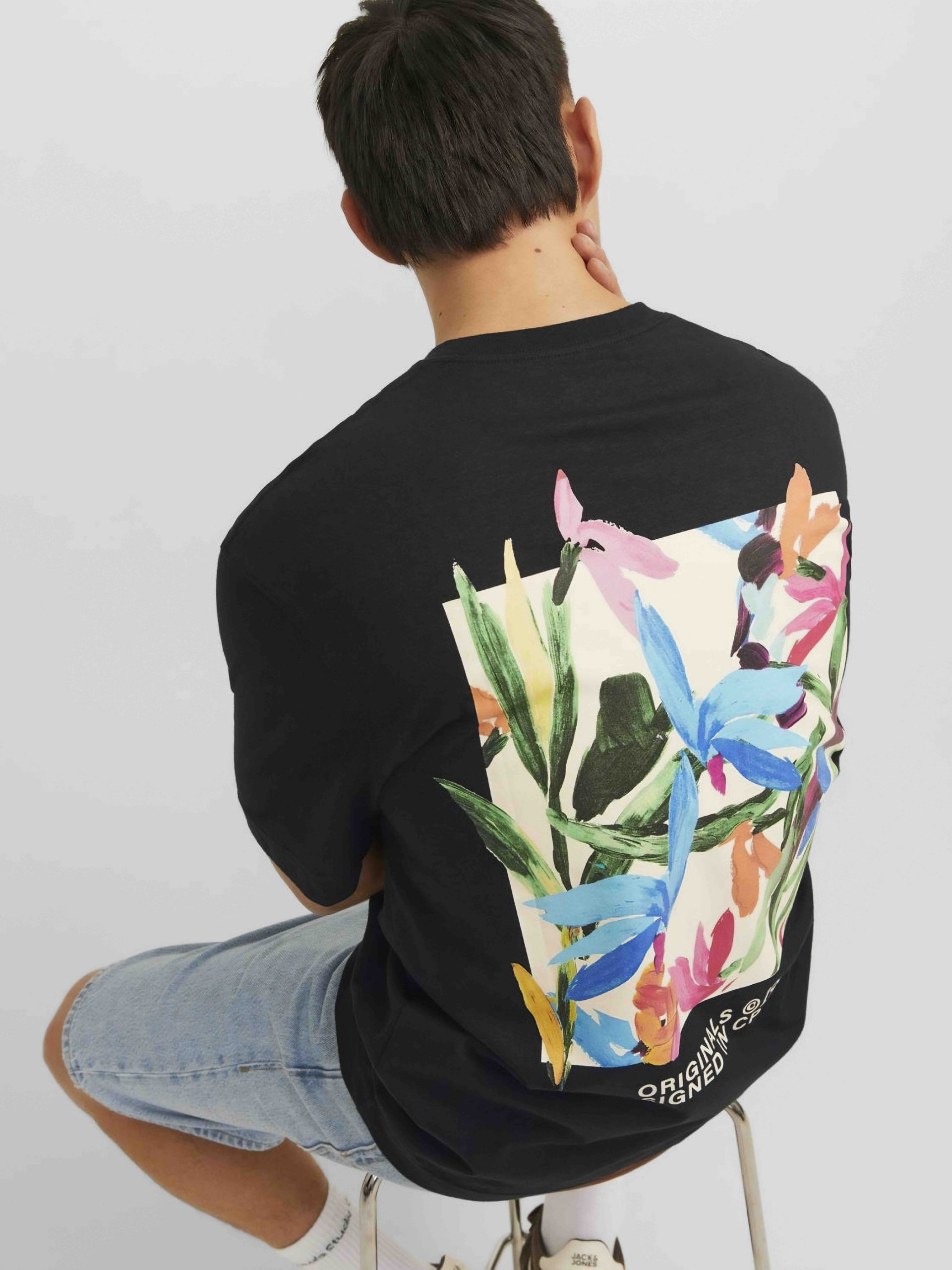
© Jack & Jones
Can you talk about your background in the industry and current role with Spinnova?
I am a chemical engineer, but I somehow got into the textile industry. I had been dealing with the wet processing — the dying, the finishing part of the supply chain, where you use a lot of water and chemistry because of my background. So I have noticed how much we are creating a burden on the environment. I started to feel like I needed to do something here, which actually triggered me to do my PHD on environmental sustainability.
After I’d been in the production value chain, I also worked for the brand side as a sustainability director. I looked out for innovations coming into the industry that I needed to bring to my company. At the same time I was looking at sustainability, both environmental and social sustainability, in the value chain — so with the supplier, chemical manufacturers, machine manufacturers — I was looking into the holistic approach to bring more sustainable benefits to the company. Most importantly, I have found that we have to start it from the design level — working with the designer about what to include, what not to include.
Finally, I found an opportunity at Spinnova in the innovator domain and thought this was a great place to use my expertise. Having seen the end to end value chain of textile production, I thought that I could help a fiber innovator like Spinnova with how to take it to the market, the industry. As a sustainability director I follow sustainable regulations to see what is forthcoming, like single use plastic regulations that came to the EU and microplastic related regulations in different areas. Having seen the challenges that we have with microplastics, I thought it was very much needed for the industry – for the world – to have more bio-based and biodegradable types of recyclable material. That will provide end to end much less pollution. At the same time, at the end of the life cycle, it is not producing any environmental burden – that was my aim when I joined. I’ve been working more on sustainability and am also responsible for the product, the material development, due to my background in the value chain.
What was the inspiration behind Spinnova’s launch?
Spinnova is basically a fiber spinning technology. We get wood pulp, which mostly comes in sheet form; we mechanically refine it, grind it to produce microfibrous cellulose (MFC). From that MFC we create a dope, like a spider has a dope, we pass it through a spinning high pressure nozzle and when it comes out it is already a fiber. We dry it and collect the fiber in a filament form.
Our co-founder actually is a physicist, and he has found that, how spiders are creating silk fiber, is a very simple process. His idea was that it should be a physical or mechanical process. This is the main difference between all other cellulosic fibers and Spinnova. All other man made cellulosic fiber processes – like rayon, viscose, lyocell – are produced in a very intensive chemical process.
From a sustainability perspective, are there benefits to the Spinnova process being mechanical as opposed to chemical?
Absolutely. First of all there is absolutely no use of any harmful chemistry. There are lots of harsh chemicals — like sodium hydroxide — used in viscose and lyocell processes; in the Spinnova process, we don’t need to use any of these chemicals.
Second, making these chemistries typically requires water. Since, in Spinnova we are not using any chemicals, we also don’t need to use any water. So the whole end to end process is basically a waste free process. We have just lately opened our industrial skill plant in central Finland, and we don’t have any waste water coming out from it or air emissions or solid waste coming from it. We have seen if we compare Spinnova with conventional cotton it’s 74% less CO2 emission and 98% less water footprint.
The final sustainability advantage is that the fiber itself is 100% recyclable. Within our own Spinnova process we can recycle it completely, but it is also recyclable in other cellulosic recycling streams — whether chemical or mechanical. On top of that, third party analyses in aerobic and anaerobic environments show that Spinnova fibers are fully biodegradable.
With your background in the textile and sustainability industries, what is your vision for a more sustainable future of fashion?
I would like to see that really we are utilizing more sustainable fiber and true sustainable fiber. This is a very important point to define – what is sustainable? There is no basic definition of sustainability. Specifically if you come to the fashion industry, someone is just adding 10% or 20% recycled content and they are calling it a sustainable product. But no one is actually defining that; so I think we need to see it from a very holistic approach.
To me, a sustainable product is produced from a sustainable origin, and throughout the life cycle, it is not adding an additional burden to nature. At the end of its life cycle, also, it is not adding any burden to nature – meaning that it is not producing any waste. Very much biodegradable or recyclable. So I really want to see it end to end. And if it meets all this criteria, then this product is sustainable to me. I would like to see that the fashion brands are really working towards that path.
Do you have any current or upcoming projects you can share with us? What are you excited about?
Unfortunately, as a public company we cannot name many of these companies without an agreement. But there are a lot of partners we have in the pipeline with whom we are working on and you will soon see.
With the existing partners, like Finnish brands like Marimekko, we are proceeding to figure out the future. The last thing we launched was our best seller with Jack Jones. It is an amazing launch. We have worked with H&M; we have worked with Adidas; publicly, we also announced a partnership with North Face from the U.S. We are continuing these collaborations to see more products out of Spinnova. We have an aim of scaling up up to 1 million tonnes of Spinnova fiber production - if we can really do that you can image how significant it would be for us and the fashion industry
Header Image:
@ Spinnova
+ Words:
Tori Palone
Luxiders Magazine


